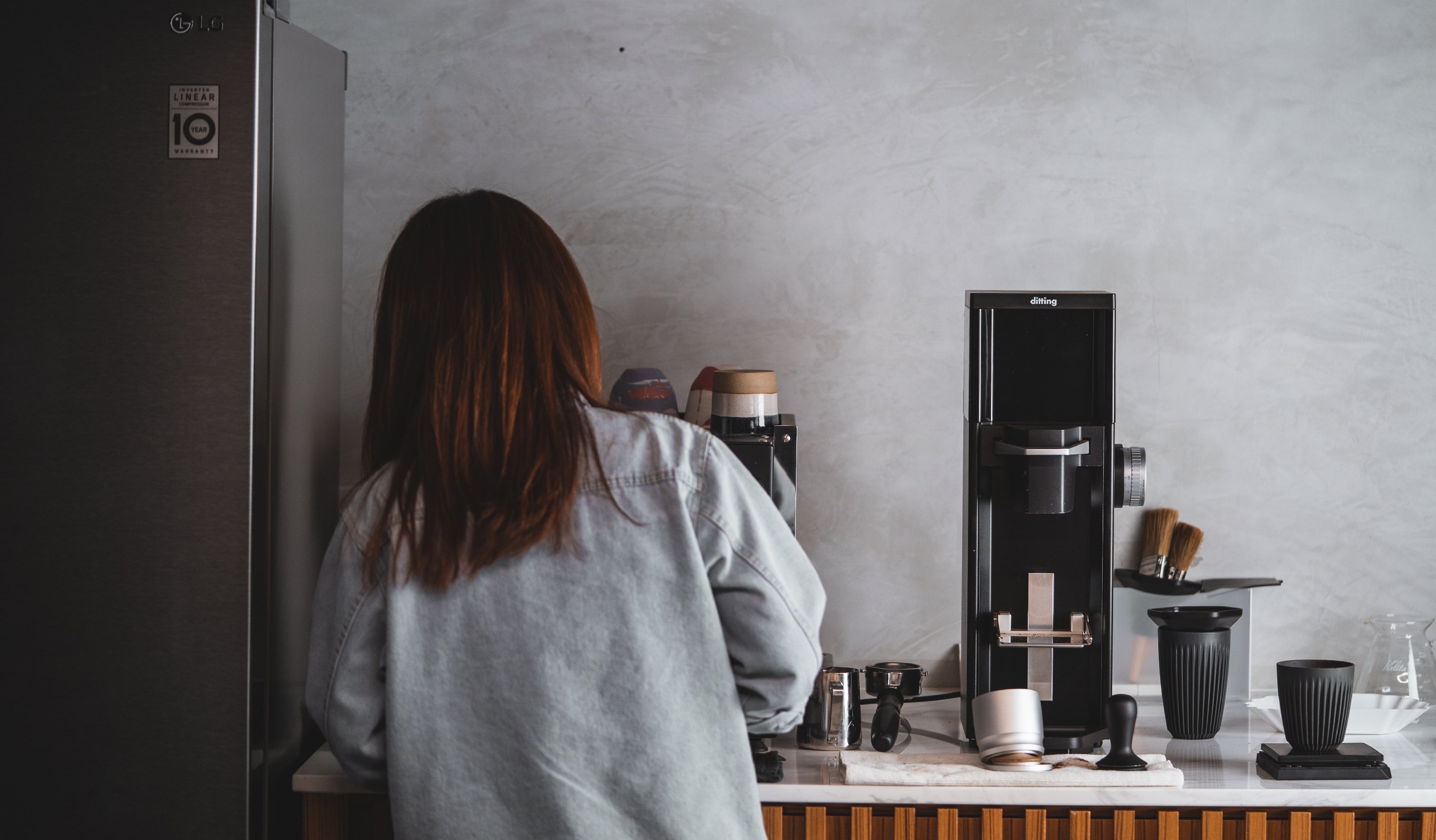Buying an espresso machine is an adventure. Choosing the right machine at the right price point involves a lot of factors, such as one’s desired aesthetic, the capabilities of the espresso machine, and its various convenient functionalities.
And then, after spending all that time deliberating and finally deciding on your dream espresso machine, one realises that it is not the end just yet. In fact, it is but the start of numerous decisions to be made regarding owning an espresso machine.
There are many other hidden costs to consider behind the ownership of an espresso machine. Here are four of the most important ones:
Water setup
An espresso machine is especially particular about the water that goes into it. Prior to owning a machine, it would be wise to consider the water setup you would like to have at home. Is the water taken directly from the tap at home suitable for brewing espresso?
A hard water with presence of calcium is likely to cause scale buildup in the boiler over time. Water with chlorine, aside from dulling the flavors of the coffee, may cause corrosion in the plumbing of the machine, accelerating its depreciation.
As such, the quality of the water that is fed into the espresso machine is paramount, and having a well thought out water system at home eases this burden.
Water systems can come in many forms. For some, it involves simply using bottled spring water from the supermarket, and for others, it comes in the form of an in-built filtration system. Some coffee enthusiasts are also fond of customising water at home using over-the-counter minerals.
Regardless, implementing the water setup of choice often requires time and resources. Slightly more straightforward choices like using bottled or remineralized water are less costly, but require more effort to prepare, and space for storing these bulky items. Comparatively, in-built home systems cost more, but provide a world of convenience – depending on your machine, you might even be able to directly pump the water reservoir of the espresso machine into the filtration setup!
Grinder
Working within a tight budget, many first-time espresso owners make the decision to forgo purchasing a capable, quality grinder for a more expensive espresso machine. However, in due time, they come to realize that a consistent and efficient grinder is quintessential to unlocking the potential of the espresso machine.
Ideal grinders for use in a home set up have a few key characteristics. The ability to make micro adjustments and grind coffee consistently greatly aid in day-to-day espresso calibrations; and a convenient, easy-to-clean design also reduces the need of regular maintenance of the equipment.
High quality often comes at a high cost, and good grinders do not come cheap. However, the first significant upgrade for many home baristas is often the grinder, and the quality-of-life improvement that a capable grinder brings is worth the investment from the beginning.
Espresso baskets and accessories
Operating an espresso machine requires many different accessories.
Most of the time, a brand-new espresso machine comes with complementary stock tamper and portafilters. However, one will also need other accessories to fully recreate an espresso machine workflow at home, including a knock box and tamping mat, milk jugs for steaming and pouring lattes, distribution tools to enhance espresso preparation, and a weighing scale to time and measure each shot. An espresso machine is incomplete without its accessories, and this cost should be factored in from the start.
Additionally, when thinking about upgrades to the complementary accessories, one stickling point for many is the quality of the portafilter basket. Stock baskets that come with a machine often fall short in performance consistency, as very slight flaws in the holes of the basket can cause coffee to get stuck over time. Across the coffee industry, the precision portafilter baskets by VST and IMS are widely preferred for their reliability and uniformity in production – in fact, it is almost a given that the portafilter baskets in a commercial service come from one of these two manufacturers!
Maintenance
As the saying goes, prevention is better than cure.
Maintaining an espresso machine setup requires consistent time and effort, and that is also a major cost for many home machine owners. Espresso machines and grinders both require some form of regular upkeep to keep producing delicious espressos.
While cleaning may not be done as frequently as in a commercial setting, an espresso machine should at least be backflushed daily and cleaned thoroughly with espresso cleaner once a week. Some parts require periodic maintenance and replacement, and a yearly specialised maintenance for the boiler is also important to ensure the longevity of the machine. Grinders also need to have their burrs cleaned regularly to prevent buildup of old coffee fines that harden over time.
Becoming a home barista
In some ways, the decision to own an espresso machine is akin to purchasing a car. It is a commitment, and one must be ready to put in the effort and time to maintain the machine.
However, it is a choice that is well worth the consideration. Often with coffee, the journey is as important as the end goal – the joy of pouring one’s first latte art, hitting the sweet spot on the espresso calibration, or even just the pleasure of being able to serve one’s handcrafted coffee to loved ones is an indescribable feeling, to say the least.
Just Home Espresso Things
Journal article by Homeground Coffee Roasters.
Journal Archive

Milk in World Barista Competitions
An overview of milk concentration methods in coffee competition, focusing on freezing techniques that enhance milk's qualities for great coffee beverages.

How Coffee Cup Colours Affect Your Drinking Experience
Cross-modal perception of colours on the taste of coffee
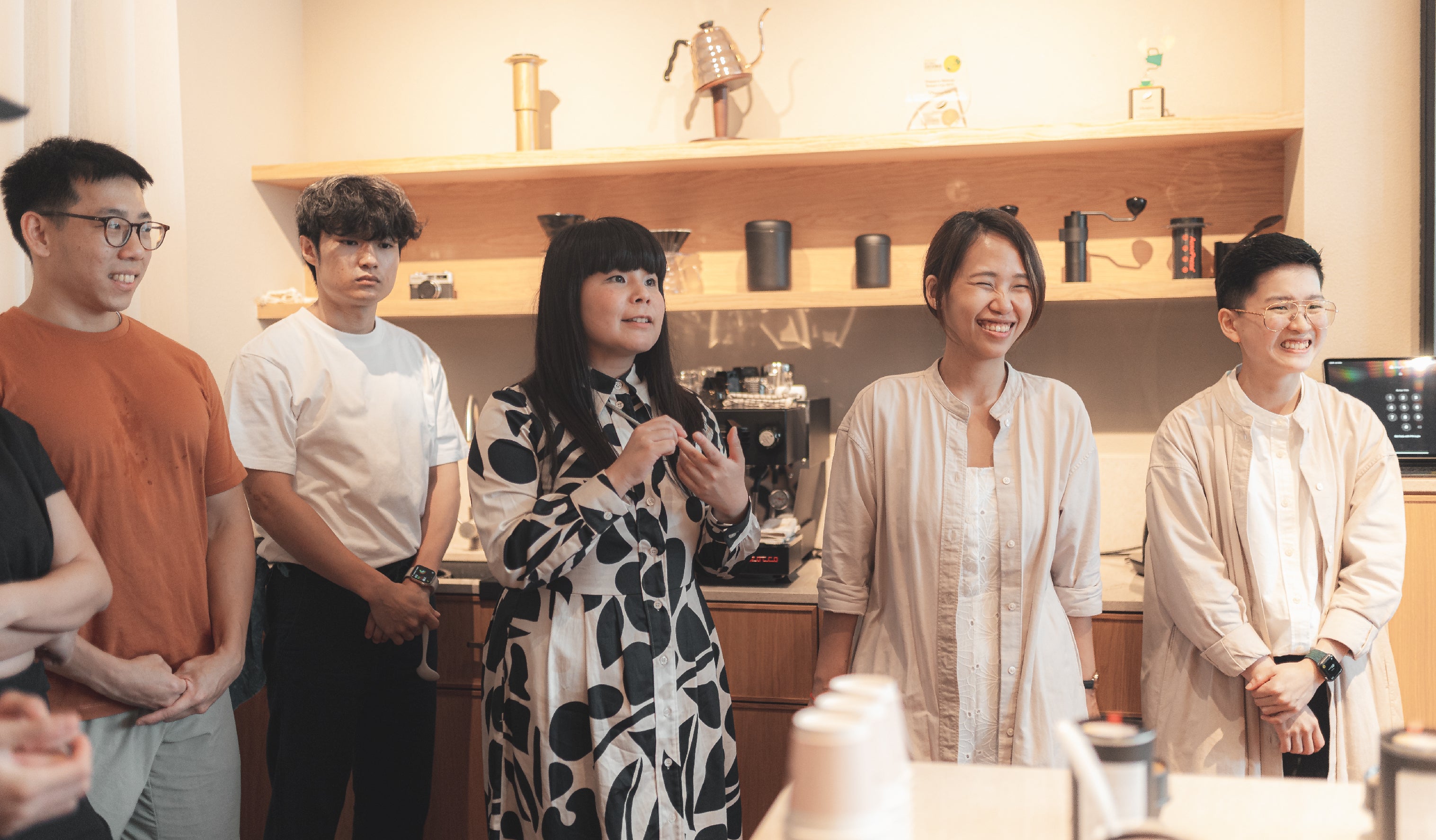
Learning to enjoy more
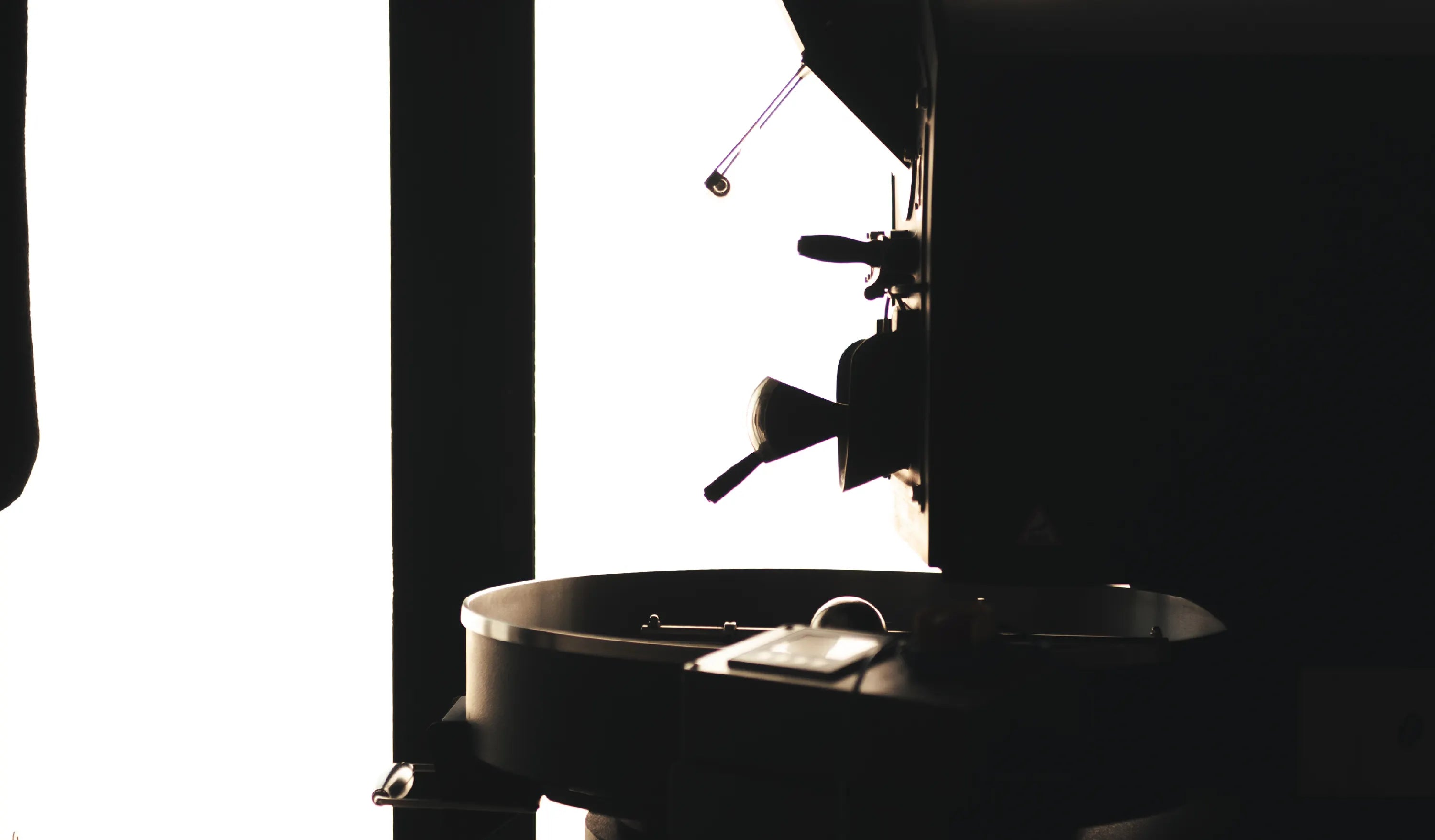
Same Coffees Everywhere, All at Once
Why do local specialty coffee shops serve the same coffees?
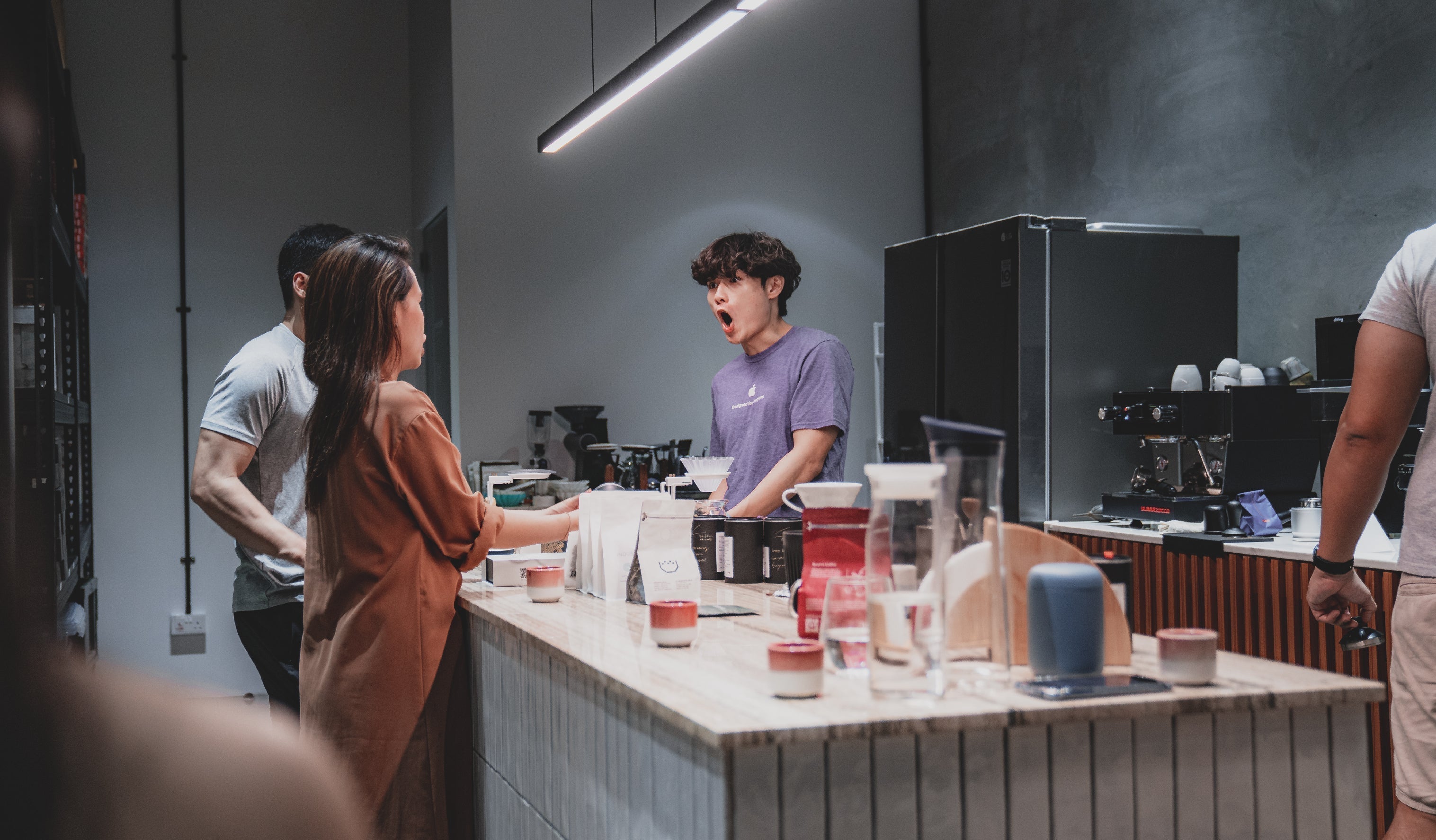
A study of unexpected coffee production nations
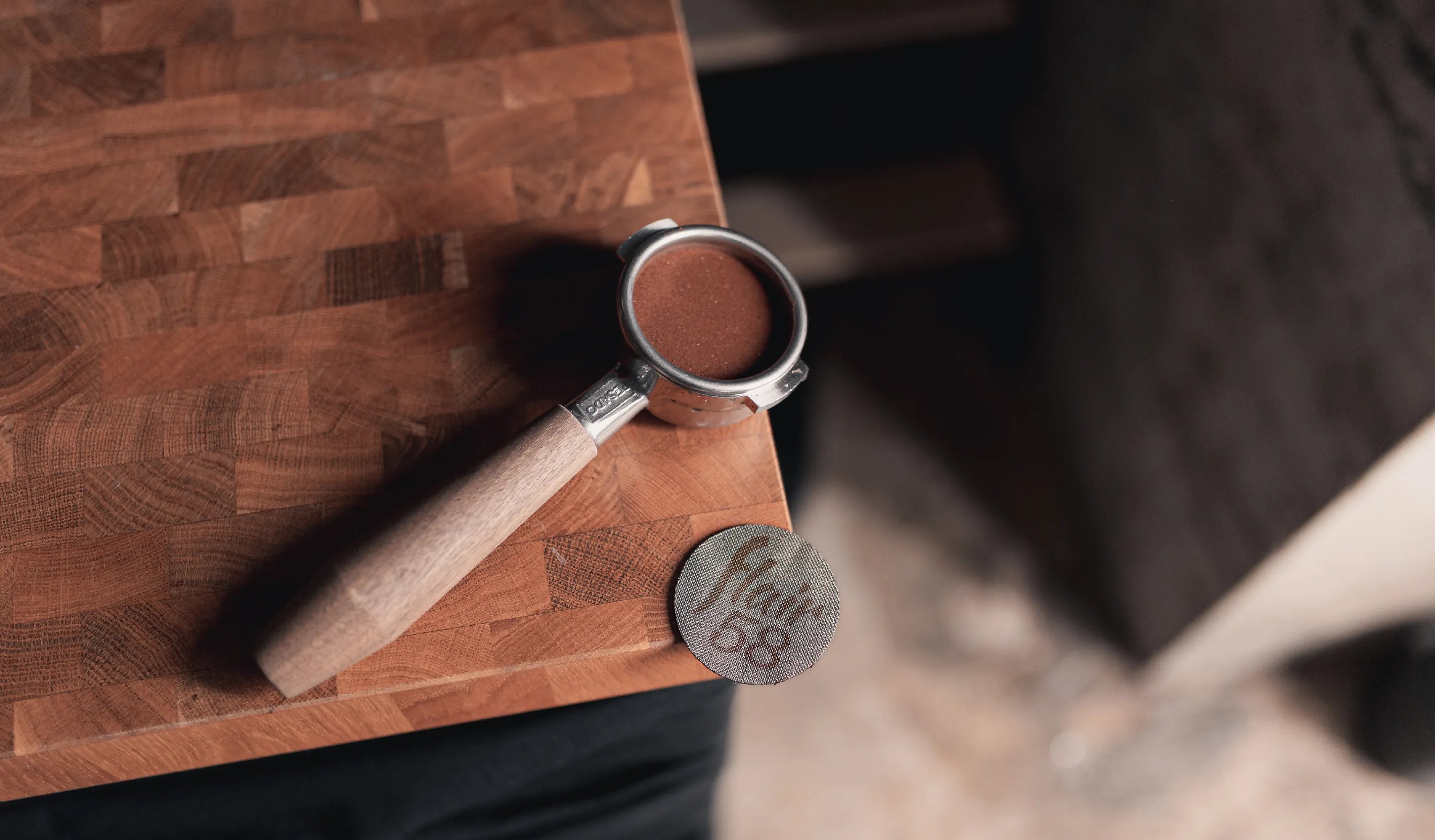
A low down on using puck screens for espresso machines


